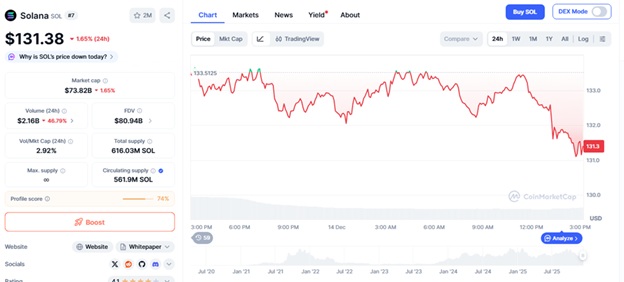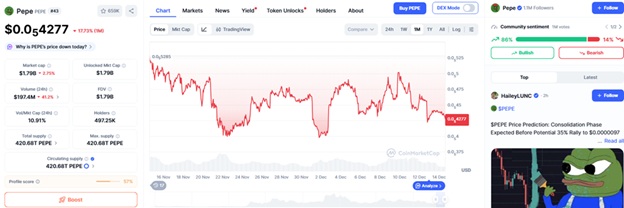China has announced plans to expand its national healthcare insurance programme next year to fully cover all out-of-pocket medical expenses for childbirth, a significant policy shift aimed directly at reversing a long slide in fertility that threatens to undermine the country’s future workforce and economic growth.
Unveiled at a national healthcare security conference in Beijing, according to the state news agency Xinhua, the proposal — to eliminate delivery fees for parents and expand prenatal care coverage, including labor pain management — forms the centerpiece of a wider fertility support strategy aimed at reducing the financial burden of having children. Authorities said the move will be rolled out nationwide, building on pilots in seven provinces such as Jilin, Jiangsu, and Shandong, that have been experimenting with broader inpatient maternity expense reimbursement ahead of a full rollout.
The strategy also seeks to include gig economy workers, migrant laborers, and others often excluded from comprehensive social insurance nets.
China’s demographic challenge has deteriorated over the years. The United Nations Population Division projects China’s population will decline sharply over the coming decades, shrinking from around 1.4 billion today to approximately 633 million by the end of the century under its medium-variant scenario. That projection implies China could lose more than half its current population by 2100, an unprecedented scale of demographic contraction for a nation of its size.
Plunging birth rates have persisted even after Beijing relaxed its one-child policy, eventually permitting families to have three children and adopting various pro-natalist incentives. Yet fertility rates have continued to fall well below replacement level — the threshold (about 2.1 births per woman) needed to maintain a stable population without immigration — and China’s population began shrinking in the early 2020s. Official data shows deaths outnumbering births, and analysts warn the decline is now structural rather than temporary.
The consequences reach far beyond social statistics. An ageing and shrinking populace carries profound economic implications: fewer working-age people supporting a growing elderly cohort, rising pension and healthcare costs, and potential erosion in China’s manufacturing competitiveness as labor supply tightens. More than half of China’s population is projected to be 60 or older by the late century under some demographic scenarios, compounding fiscal and labor market pressures.
It is not China alone. Other major economies, particularly in East Asia and Europe, are experiencing similar population contractions. Japan’s population has been declining for years, with projections showing its populace continuing to shrink through 2100. Italy and several other European nations are also facing sustained negative population growth due to low fertility, attributed largely to economic downturn and limited immigration. According to United Nations data, dozens of countries will see population loss over the remainder of the century, intensifying global concerns about workforce sustainability and economic dynamism.
Such trends have even drawn commentary from business leaders, including Elon Musk, who has repeatedly warned that persistently low birth rates in advanced economies could pose a long-term threat to humanity’s future by shrinking the pool of working-age people and undermining societal resilience. Musk has suggested that without actions to raise fertility, some nations might see their populations dwindle dramatically, with grave implications for economic growth, innovation and global influence.
Demographers caution that fears of an absolute “extinction” of nations are exaggerated — global population is projected to peak mid-century and decline slowly thereafter — but the structural shifts underway are real. An aging population with fewer young people can strain social support systems and slow economic growth, even if the outright disappearance of a national population remains unlikely.
China’s latest healthcare pledge aligns with broader government commitments made earlier this year at the central economic work conference and in policy recommendations for the next five-year plan (2026–2030), which call for better maternity insurance, expanded childcare subsidies, tax incentives for families, and improved parental leave policies.
In parallel, the National Healthcare Security Administration reported a “special rectification campaign” to crack down on fraudulent claims, recovering approximately 120 billion yuan ($17 billion) over the past five years and bolstering the sustainability of the broader insurance system.
Taken together, the expanded coverage for childbirth and related services reflects Beijing’s recognition that reversing demographic decline requires more than exhortations to have children: it demands addressing fundamental economic barriers that make raising families prohibitively expensive for millions of households.
Although they signal a dramatic shift in social policy as China confronts one of the most profound population transitions in modern history, it remains uncertain whether these measures will meaningfully boost fertility.










